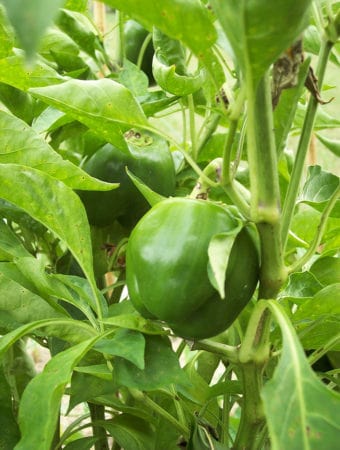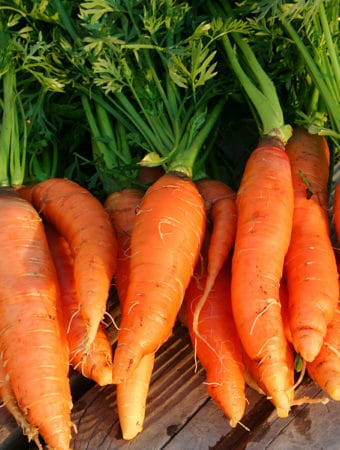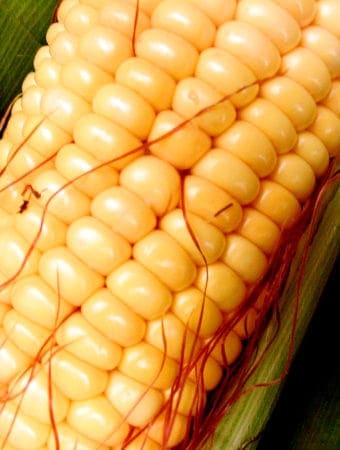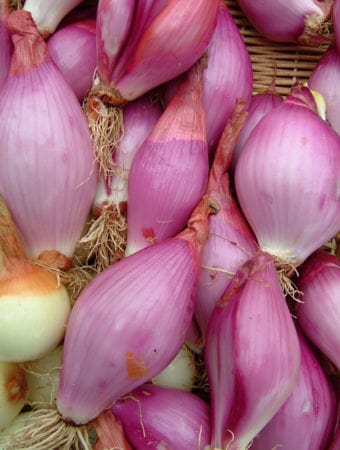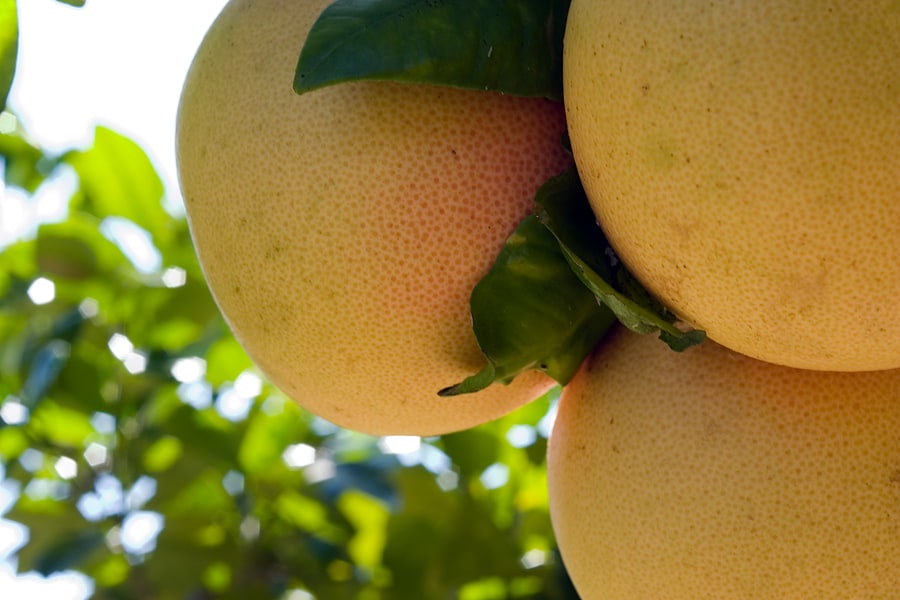
Tangy grapefruit can be eaten raw—by the half or peeled and sectioned, it can be added to green and fruit salads and compotes, and it can be juiced.
Grapefruits require heat to develop their sweet-tart flavor. A grapefruit that feels heavy for its size is ripe and ready to eat or juice.
Grapefruits are best grown where summer days are hot and nights are warm and where humidity is above 60 percent; grapefruits, which can require up to a year or more to ripen, also require sunny winter days and cool, not cold, nights. Most of Florida and many parts of Texas are ideal grapefruit growing regions. Grapefruits will grow in relatively drier regions including California and Arizona but the flavor may not be as rich.
Grapefruits take six months to a year to ripen in hot, humid climates; in relatively cooler regions, grapefruits can take 14 months and even as long as 18 months to ripen. It is not uncommon for a grapefruit tree to have two crops ripening on the tree at the same time.
To increase the sweetness of grapefruits, plant trees in very warm locations. Southern exposure in front of a wall that will reflect heat is a good planting spot in most home gardens. Let fruit hang on the tree and soak up the sun for as long as possible, up to 18 months to ensure sweetness.
Where the climate is not ideal for grapefruit growing, grapefruit-pummelo hybrids can be grown instead. These thick-skinned hybrids require less heat but will taste the same as most ripe grapefruits.
See also How to Grow Citrus

Here are a few things to know about growing grapefruits:
- Grapefruits grow best in USDA Zones 9 and 10; protect trees if temperatures fall into the 30sF.
- Some grapefruit trees grow 15 feet tall, others can grow to 30 feet tall; check the height at maturity of the variety you want to grow.
- Some grapefruits have more seeds than others; seedy fruits have richer flavor and separate into segments more easily than fruits with few or no seeds.
- Red, pink, and white-fleshed grapefruits have the same flavor; one is not sweeter than the other. (The flesh of so-called white grapefruits is actually pale yellow or rosy.)
- The red pigmentation of red-fleshed varieties develops where summers are long and very hot; where summers are cool, the flesh of red grapefruit may appear light pink or white.
- A heavy grapefruit indicates a high percentage of juice and thin skin.
- Once ripe, most grapefruits can hang on the tree for several months without deteriorating.
 Grapefruits and hybrid varieties for home gardens
Grapefruits and hybrid varieties for home gardens
‘Cocktail’ (pummelo-mandarin hybrid): sweet, juicy, light orange flesh; medium-size fruit; yellow to greenish orange rind; very seedy; ripens midseason; grows well in California and Arizona.
‘Duncan’: superior flavor; balance between sugar and acid; very juicy; yellowish-white flesh; thick rind; 30 to 50 seeds; large fruit; fairly easy to peel; ripens early; fruit holds well on tree; large productive tree, the most cold-tolerant grapefruit; grows well in Florida and Gulf Coast.
‘Flame’: flavorful; deep pink flesh comparable to ‘Rio Red’; seedless; large fruit often blushed pink; ripens mid- to late season; a large tree with showy clusters of fruit; grows well in all citrus regions.
‘Marsh’ or ‘Marsh Seedless’: good flavor very juicy; best flavor in hot summer climates; fruit more acidic in cooler regions; faint yellow flesh; fairly easy to peel; few or no seeds; large fruit with light yellow rind; fruit holds well on tree, stores well; large, late-ripening; tall tree to 25 feet, spreading form with clusters of fruit; requires prolonged, high summer heat; grows well in all citrus regions; one of the parents of ‘Redblush’ red-fleshed grapefruit.
‘Melogold’ (hybrid between grapefruit and acidless pummelo): rich, sweet flavor; white flesh; seedless; large fruit 6-inches in diameter; smooth, yellow rind is thicker than grapefruit rind; early ripening; large tree, best in interior of California, needs less heat than grapefruit, does well in cooler areas.
‘Oroblanco’ (hybrid between grapefruit and pummelo): distinctive sweet flavor; extremely juicy, straw-colored flesh; thick, greenish-yellow rind; rind usually remains partially green when at peak flavor; seedless; medium to large tree; needs less heat to ripen than true grapefruits; best in interior of California and Arizona; fruit does not hold well on tree.
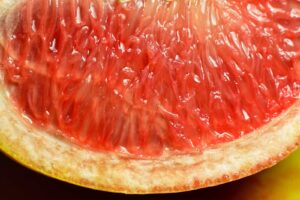
‘Redblush’ also called ‘Ruby Red’: fine flavor; very juicy flesh is red but fades to pink; few to no seeds; large fruit; yellow rind has reddish blush in warm climates; easy to peel; identical to ‘Marsh’ except flesh and rind have crimson fringe; ripens mid-season; fruit holds well on large tree; needs heat to develop red color; grows well in all citrus regions.
‘Rio Red’: developed from ‘Redblush’; excellent flavor; deep red, juicy flesh; seedless; large fruit; smooth yellow rind is usually blushed red; not easy to peel; fruit holds well on a large tree.
‘Star Ruby’: fine flavor, less acidic than other grapefruit; deep red, juicy flesh; seedless; small to medium size fruit; thin rind with bright red blush in warm summer regions; ripens midseason; fruit holds well on tree; fruit can sunburn in hot regions; medium-size tree; grows well in all citrus regions; susceptible to cold damage.
Also of interest:



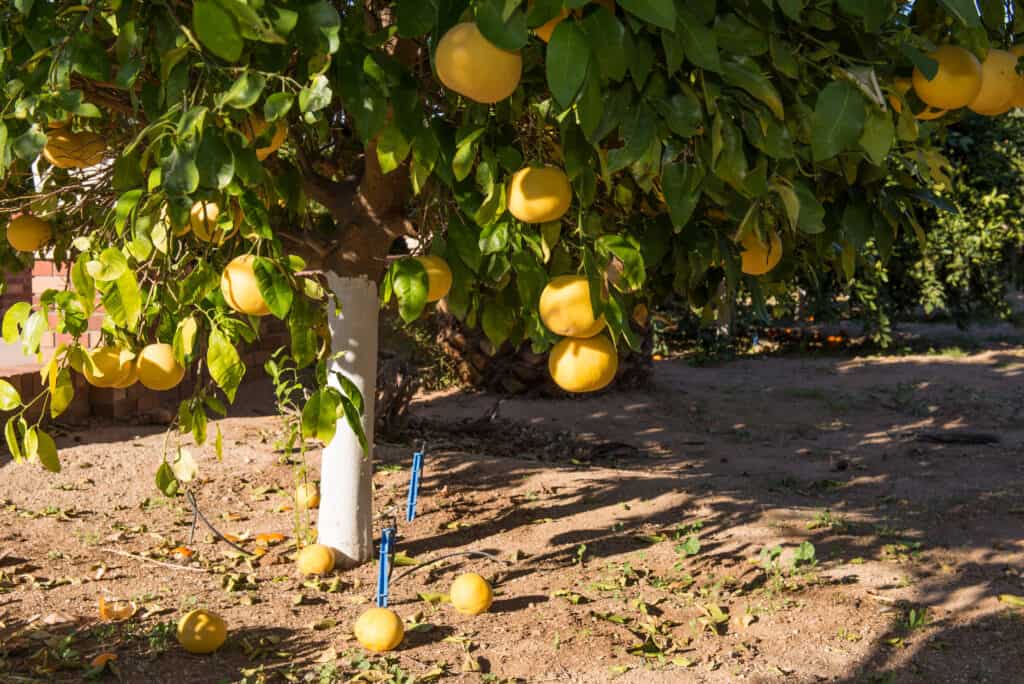 Grapefruits and hybrid varieties for home gardens
Grapefruits and hybrid varieties for home gardens
